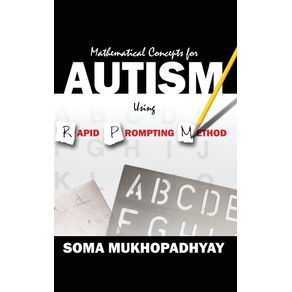-
DEPARTAMENTOS
- ANIMAIS DE ESTIMAÇÃO
- ARTES
- AUTO AJUDA
-
BEM ESTAR E LAZER
-
CATEGORIAS
-
-
CULINÁRIA E GASTRONOMIA
-
CATEGORIAS
-
-
ESPORTES
-
CATEGORIAS
-
- INFANTIL
-
RELIGIÃO
-
CATEGORIAS
-
- ADMINISTRAÇÃO E NEGÓCIOS
-
CIÊNCIAS BIOLÓGICAS E NATURAIS
-
CATEGORIAS
-
- DIREITO
- ECONOMIA
-
MEDICINA
-
CATEGORIAS
-
-
TODOS DEPARTAMENTOS
-
INTERESSE GERAL
-
LIVROS TÉCNICOS
-
- IMPORTADOS
Cultural Formulation
Cód:
491_9780765704894
Cultural Formulation
Autor:
Código:
491_9780765704894
Vendido e entregue por Um Livro
The publication of the Cultural Formulation Outline in the DSM-IV represented a significant event in the history of standard diagnostic systems. It was the first systematic attempt at placing cultural and contextual factors as an integral component of the diagnostic process. The year was 1994 and its coming was ripe since the multicultural explosion due to migration, refugees and globalization impact on the ethnic composition of the U.S. population made it compelling to strive for culturally attuned psychiatric care. Understanding the limitations of a dry symptomatological approach in helping clinicians grasp the intricacies of the experience, presentation and course of mental illness, the NIMH Group on Culture and Diagnosis proposed to appraise, in close collaboration with the patient, the cultural framework of patients identity, illness experience, contextual factors, and clinician-patient relationship, and to narrate this along the lines of five major domains. By articulating the patients experience and the standard symptomatological description of a case, the clinician may be better able to arrive at a more useful understanding of the case for clinical care purposes. Furthermore, attending to the context of the illness and the person of the patient may additionally enhance understanding of the case and enrich the data base from which effective treatment can be planned.
Veja mais



































